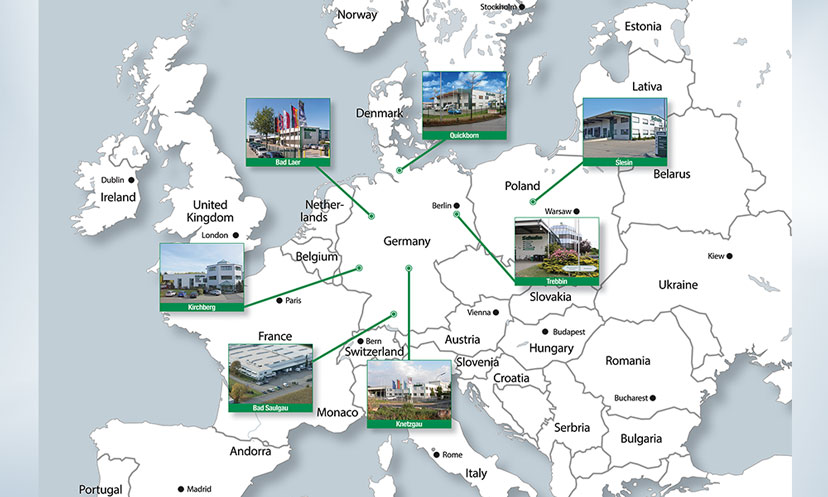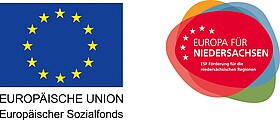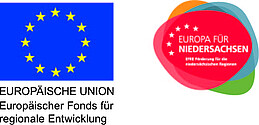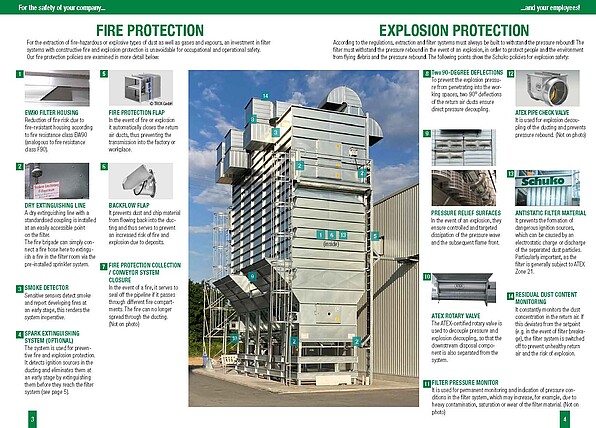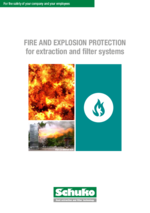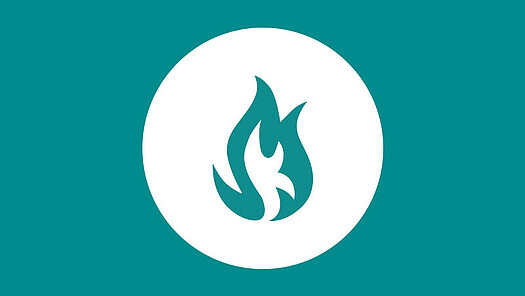
Fire & explosion protection for extraction systems and filtration equipment
for safety in your production operation
It is no secret that extraction systems and their filter technology can burn and, in the worst case, even explode. The fact that this scenario fortunately rarely occurs is thanks to excellent safety technology that prevents possible fires and explosions. For the extraction of dust that is at risk of fire and explosion, an investment in filter systems with constructive fire and explosion protection is unavoidable from the point of view of occupational and operational safety.
Solutions for fire and explosion protection of your extraction and filtration systems
Responsibility for your safety
A safer company is not only profitable in the long term, it also secures its existence and is fit for the future. The interaction of manufacturer and operator responsibility forms a high-quality basis for safe system operation. By implementing the legal requirements and regulations, Schuko extraction and filter systems provide the legal security for your operation, also in the documentation to insurers and authorities.
In order to emphasise the importance of safety-relevant technology and to create more transparency for the individual measures, we have intensified the topic of fire and explosion protection for our extraction and filter technology and present the important measures below.
Measures of our mobile dust extractor for indoor installation
- Pressure shock-resistant design according to EN 16770
- H3 and GS certification by the DGUV (Concerns wood dust and chips! Depending on power size and equipment!)
- Fire extinguishers (only necessary for a specific unit size):
Powder extinguisher or ignition protection system - Discharge through tested ATEX rotary valve when disposing via briquetting press, BigBag or container
Measures for our stationary filtration equipment
Even in the quotation phase of our stationary filter technology, we focus on safety-specific issues, naturally in compliance with applicable laws, regulations and standards, such as DIN EN 12779 and DGUV 209-045. We always manufacture Schuko extraction systems and filter technology on a customer-specific and individual basis. As one of the few manufacturers, we use, for example, specially manufactured type-tested ATEX non-return valves according to DIN EN 16447. These are installed in the piping and prevent the spread of explosion pressure waves and the flashover of flames from the extraction and filter systems into production areas in the event of an explosion.
We distinguish in the following between measures for fire and explosion protection:
Fire Protection
- EW90 FILTER HOUSING: Reduction of fire risk due to fire-resistant housing according to fire resistance class EW90 (analogous to fire resistance class F90).
- DRY EXTINGUISHING LINE: A dry extinguishing line with a standardised coupling is installed at an easily accessible point on the filter. The fire brigade can simply onnect a fire hose here to extinguish a fire in the filter room via the pre-installed sprinkler system.
- SMOKE DETECTOR: Sensitive sensors detect smoke and report developing fires at an early stage, this renders the system inoperative.
- SPARK EXTINGUISHING SYSTEM (OPTIONAL): The system is used for preventive fire and explosion protection. It detects ignition sources in the ducting and eliminates them at an early stage by extinguishing them before they reach the filter system.
- FIRE PROTECTION FLAP: In the event of fire or explosion it automatically closes the return air ducts, thus preventing the transmission into the factory or workplace.
- BACKFLOW FLAP: It prevents dust and chip material from flowing back into the ducting and thus serves to prevent an increased risk of fire and explosion due to deposits.
- FIRE PROTECTION COLLECTION / CONVEYOR SYSTEM CLOSURE: In the event of a fire, it serves to seal off the pipeline if it passes through different fire compartments. The fire can no longer spread through the ducting.
Explosion Protection
- Two 90-DEGREE DEFLECTIONS: To prevent the explosion pressure from penetrating into the working spaces, two 90° deflections of the return air ducts ensure direct pressure decoupling.
- PRESSURE RELIEF SURFACES: In the event of an explosion, they ensure controlled and targeted dissipation of the pressure wave and the subsequent flame front.
- ATEX ROTARY VALVE: The ATEX-certified rotary valve is used to decouple pressure and explosion decoupling, so that the downstream disposal component is also separated from the system.
- FILTER PRESSURE MONITOR: It is used for permanent monitoring and indication of pressure conditions in the filter system, which may increase, for example, due to heavy contamination, saturation or wear of the filter material.
- ATEX PIPE CHECK VALVE: It is used for explosion decoupling of the ducting and prevents pressure rebound.
- ANTISTATIC FILTER MATERIAL: It prevents the formation of dangerous ignition sources, which can be caused by an electrostatic charge or discharge of the separated dust particles. Particularly important, as the filter is generally subject to ATEX Zone 21.
- RESIDUAL DUST CONTENT MONITORING: It constantly monitors the dust concentration in the return air. If this deviates from the setpoint (e.g. in the event of filter breakage), the filter system is switched off to prevent unhealthy return air and the risk of explosion.
Measures for paint mist extraction solutions
The paint shops used for the extraction of solvent-based paints are subject to special requirements due to their explosive properties. Planning fundamentals such as room geometry, lighting and air volumes are particularly crucial here.
For fire and explosion protection in paint shops, the following points should be noted:
- ATEX zoning
- Classification of fire-prone areas
- Air exchange rate
- Concentration assessment
- Type and amount of coating materials used
- Coating process
- Flash point and ignition temperature
- Explosion protection document
- xplosion protection document
Furthermore, the following components can contribute to the protection against fires and explosions:
- Use of fire dampers
- Use of flame-retardant cardboard filters, self-extinguishing according to DIN 4102-1
- Use of zone-appropriate equipment, e.g.
- explosion protected fans,
- paint shop suitable explosion protected lighting (at least 750 lux),
- static-dissipating floors (flooring must not be flammable and must be easy to clean)

